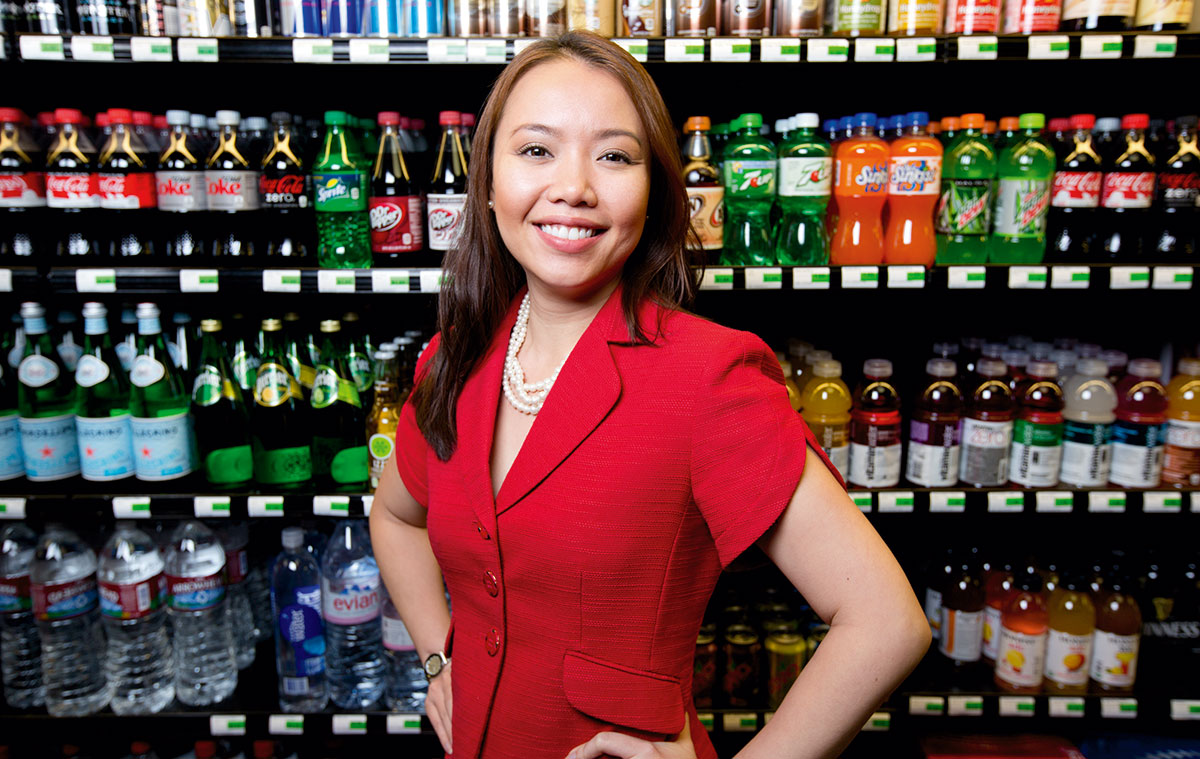
Do you instinctively analyze the shape, packaging and design of products in stores to see how the producer wants to influence you?
I do. For instance, at the bottom of a Coca-Cola Classic can, you see the word “Enjoy.” When Coca-Cola sponsors events, it chooses events at which people gather, and typically where people gather is a place where people “enjoy.” So, Coca-Cola has done a remarkable job of marketing Coke not just as a beverage that satisfies one’s thirst but that triggers fond memories in consumers. Those affective responses definitely are things we need to explore and understand.
Do companies also design products to appeal to other emotional states, such as sadness or distress?
Yes. Affective responses, whether positive or negative, can be very influential in getting consumers to act. A marketer who is trying to sell you car or life insurance will appeal to your sense of security regarding your family or children. Facial creams and facial cleansers appeal to our sense of security and sense of identity. The strength of those emotions is pivotal in getting consumers to act.
Can products appeal to more than one response at the same time?
Absolutely. Again, take the example of Coca-Cola. I like Coke’s 7.5-oz. can. It fits well in my office mini-fridge. But it’s also small enough that I can finish drinking it before the carbonation in the drink dies out. That’s important to me. I could never finish a 16 oz. bottle of Coke before the fizz is gone. So the packaging of the product is as important to me as the product itself.
Can consumers’ desire to make a healthy choice be overruled, consciously or not, by the environment in which they’re choosing products?
Yes. I do research on partitioning of food, or portion sizes, on consumer choices. If you ask people how much of a particular food they’d prefer to consume — pizza, coffee or brownies — they’re likely to say two slices of pizza, three cups of coffee or one brownie. But while people may eat only two slices of pizza or one brownie, they’ll eat them regardless of whether they’re served in big or small portions. In other words, in certain environments partitioning is less or more effective.
Is there a product or a cause that uses marketing in positive ways?
Toms, the shoe company, has a philanthropic concept behind its brand: For every shoe it sells, another shoe goes to a child in need. FOPs (front of package nutrition labels) are examples of positive marketing. Also, public policies geared toward improving consumer health and welfare through marketing initiatives continue to make an impact.
With your research interests, why do you teach in a business college and not in a department of psychology?
I’ve always been fascinated by how we process information and how it influences our behavior in a marketplace. However, much of the foundation for my work comes from social psychology. I’m bringing the two together, social psychology and marketing. But marketing is my playground.
What can’t you resist?
Rice Krispies treats get me every time, yet I do research on this subject.
